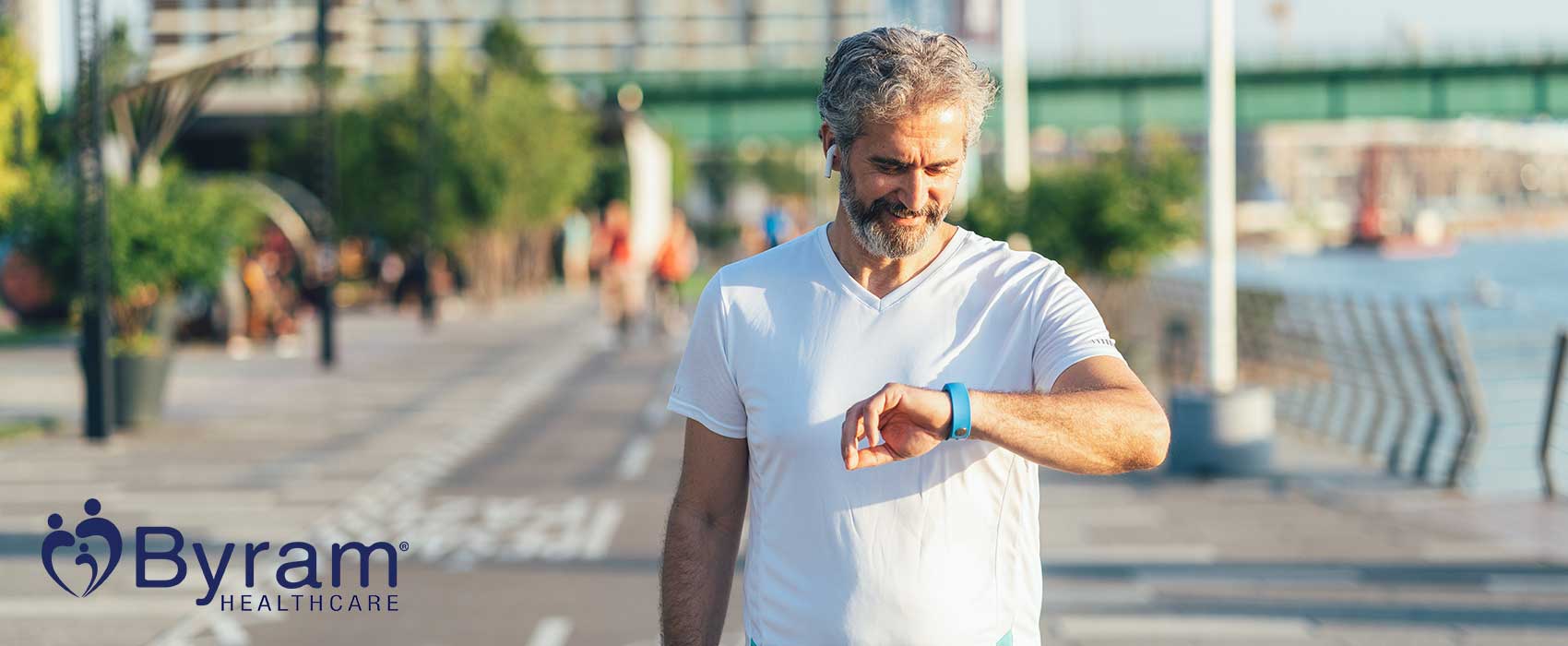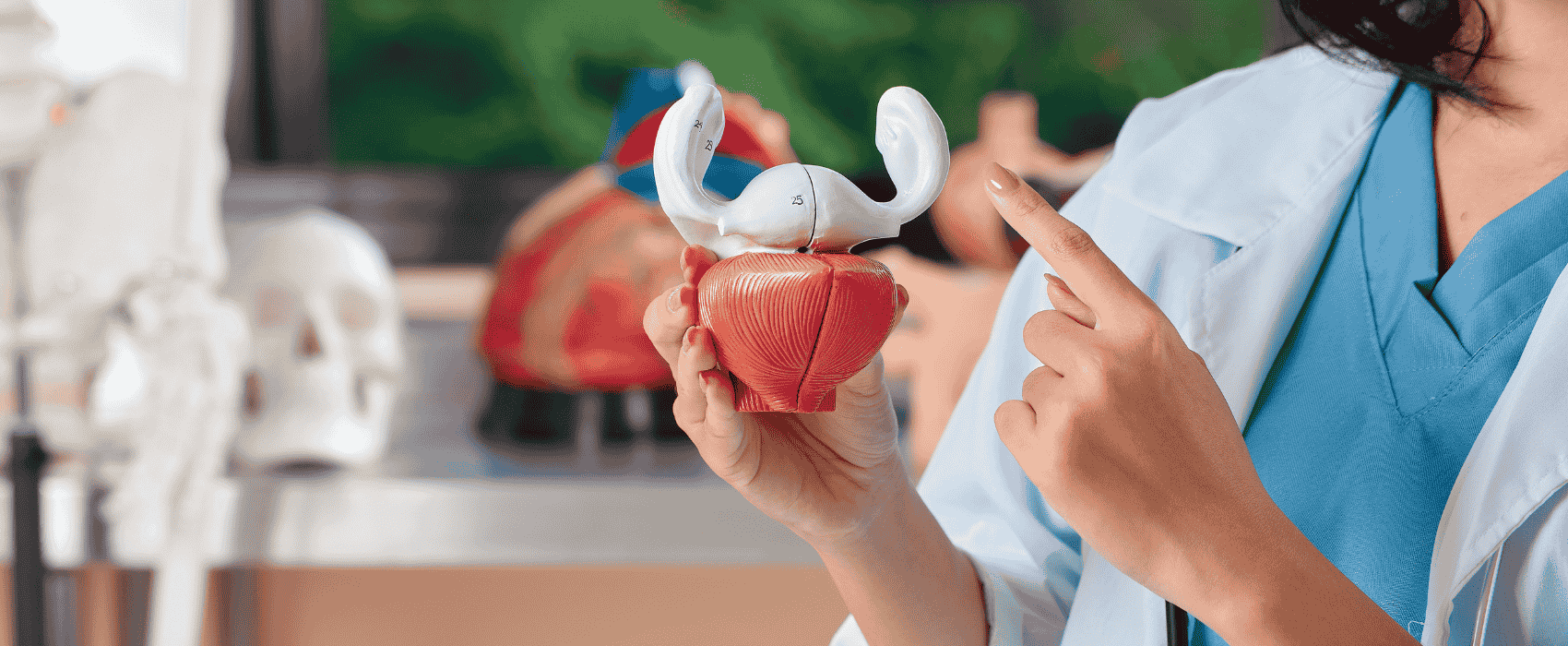
The bladder is a hollow, muscular organ that expands and contracts as urine enters from the kidneys and is released through the urethra. In a healthy individual, the bladder can hold up to 280 milliliters of urine. When it begins to get too full, nerve signals are triggered to tell your brain that it’s time to find a bathroom. This allows for voluntary voiding throughout the day. However, in some situations, this process can be disrupted. To better understand one of the common causes of bladder abnormalities, here’s what you need to know about urge incontinence.
What is Urge Incontinence?
Urge incontinence is defined as the sudden need to urinate. It’s urgent and often uncontrollable and occurs several times throughout the day and night. Some individuals may experience having to urinate over eight times throughout the day, regardless of their liquid intake. When this continues to occur at night, it’s referred to as nocturia and can severely interrupt an individual’s healthy sleep cycle. Individuals with urge incontinence may also experience leakage in between trips to the bathroom or accidents if they’re unable to find a toilet in time.
Urge Incontinence Symptoms
The primary symptom of urge incontinence is the sudden need to pee. It tends to happen without warning and may or may not be associated with leakage. However, leakage with urge incontinence tends to be less than the leakage associated with other types of incontinence, so if you notice both you may be experiencing mix incontinence.
Some of the other, common symptoms of urge incontinence include wetting the bed, leaking urine just after you use the bathroom, frequent urination that exceeds eight times per day, and nocturia, which is classified as peeing more than twice throughout the course of a night.
Other Types of Urinary Incontinence
Most people will experience one or more symptoms of incontinence throughout the course of their lives. While the risks and symptoms tend to increase as you age, they can happen to anyone. However, urge incontinence is only one of five types of urinary incontinence. The other four are as follows:
- Stress Incontinence: this is characterized by leakage due to excess pressure on the bladder, primarily during coughing, laughing, exercising, lifting heavy objects, or sneezing.
- Overflow Incontinence: this is characterized by a continual dribbling of urine caused by the inability to completely empty the bladder.
- Functional Incontinence: this type of incontinence occurs in individuals who have either a mental or physical impairment which makes it difficult to get to the bathroom in time.
- Mixed Incontinence: mixed incontinence occurs when you experience more than one different type of incontinence. The most common two that occur together are stress and urge incontinence.
Causes of Urge Incontinence
One of the primary causes of urge incontinence is abnormal bladder contractions. In a healthy urinary system, the sphincter muscles keep the flow of urine controlled and voluntary. However, sometimes these can be hyperactive, such as when an individual has symptoms of overactive bladder (OAB). When this occurs, the bladder contracts involuntarily and forcefully, thus overriding the control of the sphincter muscles. The result is incontinence in one or more forms.
Abnormal contractions within the bladder can be caused by several underlying conditions. Some of the most common causes include nerve damage from a disease such as diabetes, stroke, multiple sclerosis, spinal cord damage, or bladder irritation. Unfortunately, many cases of urge incontinence also have unidentifiable causes, which can complicate treatment.
Urge Incontinence Risk Factors
Although anyone may experience urge incontinence, some people are at a higher risk than others. Risk factors include:
- Obesity
- Older age
- Women who have undergone pelvic surgery
- Women who have had a C-section
- Men who have had prostate surgery
- Men who have/had prostate cancer
- Men who have/had benign prostatic hyperplasia
- Men who have/had prostatitis
- Individuals with nerve damage
- Individuals with bladder cancer
- Individuals who experience urinary tract infections
- Individuals who are constipated
- Individuals with diabetes
- Certain medications such as blood pressure, diuretics, and antidepressants
- Smoking
- Neurological disorders
- Stroke
- Pregnancy and childbirth
- Exposure to pelvic radiation
How to Treat Urge Incontinence
While the symptoms of urge incontinence can be annoying or embarrassing, they don’t have to dictate your life. There are plenty of treatment options you can try to help reduce the severity and frequency of urge incontinence. The first step is seeing your doctor at the onset of any incontinence symptoms, regardless of your age or condition. In some instances, an underlying condition is causing incontinence, so the symptoms should stop once the underlying cause is treated. In other instances, your doctor will work through a series of treatments to find personalized options with as little medication or surgical intervention as possible.
Urge incontinence can be diagnosed using a urinalysis, ultrasound, cystoscopy, and other types of urodynamic testing. Most of these tests are performed to rule out other underlying causes. If your doctor determines that you have urge incontinence, it’s important to follow their treatment plan to help reduce severity and frequency of symptoms. Some of the most common ways to treat urge incontinence are as follows:
Behavioral Treatments for Urge Incontinence
The first step in treating urge incontinence is to make some basic lifestyle changes. While incontinence is inherently involuntary, there are ways to anticipate symptoms. One of the best methods for this is to incorporate biofeedback. This allows you to better understand how your body behaves, so you can recognize when urge incontinence may be triggered. Biofeedback techniques include things like bladder training and timed voiding. Bladder training involves gradually increasing the time between trips to the bathroom to help you “stretch” your bladder and therefore, your ability to hold it when the urge comes. It’s referred to as timed voiding because you’re going to the bathroom based on the clock, not your “need” to go to the bathroom.
Another popular option for behavior treatment includes practicing kegel exercises. These aim to increase the strength of your pelvic floor muscles, which support the bladder and surrounding urinary system. This can help alleviate symptoms of urge incontinence and leakage. As you progress with your kegels, you can add weighted cones or use electrical stimulation to help contract inactive muscles.
Some other lifestyle habits include quitting smoking, eating a healthy diet, avoiding overexertion, not lifting items outside of your means, losing weight, exercising, reducing the intake of bladder irritants, and slowly decreasing your fluid intake before you go to sleep.
Medications
For individuals with severe urge incontinence symptoms that don’t respond to behavioral treatment, your doctor may recommend one or more medications. These can help control bladder spasms and reduce the severity or frequency of symptoms. Some of the most common medications include darifenacin, fesoterodine, mirabegron, oxybutynin, solifenacin, tolterodine, and tospium. Always talk to your doctor about medication side effects and make sure you provide a list of current supplements, over-the-counter drugs, and prescription medications you’re on to avoid dangerous interactions.
Alternative Treatments
Prior to moving on to surgical treatment, your doctor may recommend trying an alternative option. Botox injections have been shown to help keep the bladder relaxed, improve storage capacity, and decrease incontinence-related symptoms. There are also mild electrical stimulation techniques that can be applied.
Surgical Intervention
Surgery should always be your last resort when trying to treat any type of incontinence. Although there is a high success rate, there are still a lot of risks and potential complications that could occur. However, if you’re not finding relief from behavioral modifications, medications, or alternative treatments, talk to your doctor about surgical intervention. There are various options that can help improve the overall storage capacity of the bladder, divert urine flow to reduce leakage, and limit nerve impulses to help control muscles. Just make sure you fully understand the procedures, risks, and recovery of whatever option you decide to utilize.
Symptoms for incontinence can appear slowly or all at once. If you suspect you may have urge incontinence or any other type of urologic condition, it’s important to see your doctor to receive a personalized treatment plan and alleviate your symptoms. To help enhance your overall health, Byram Healthcare offers a wide selection of high-quality urological supplies that can be discreetly delivered to your door. Our product guide includes various incontinence products to help support your lifestyle. Browse our urology product catalog today or call one of our representatives for more information on our catheter delivery program.
Byram Healthcare is a member of the National Association for Continence’s Trusted Partners Program, whose mission is to provide quality continence care through education, collaboration and advocacy. We continue to build partnerships in the clinical community to ensure we focus on what’s best for the patient.




